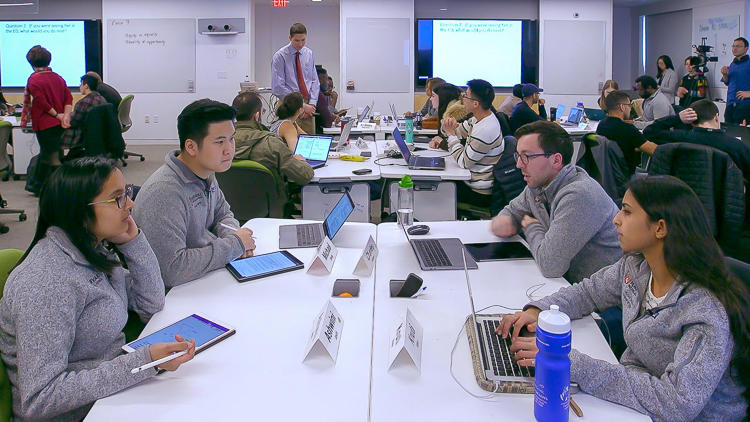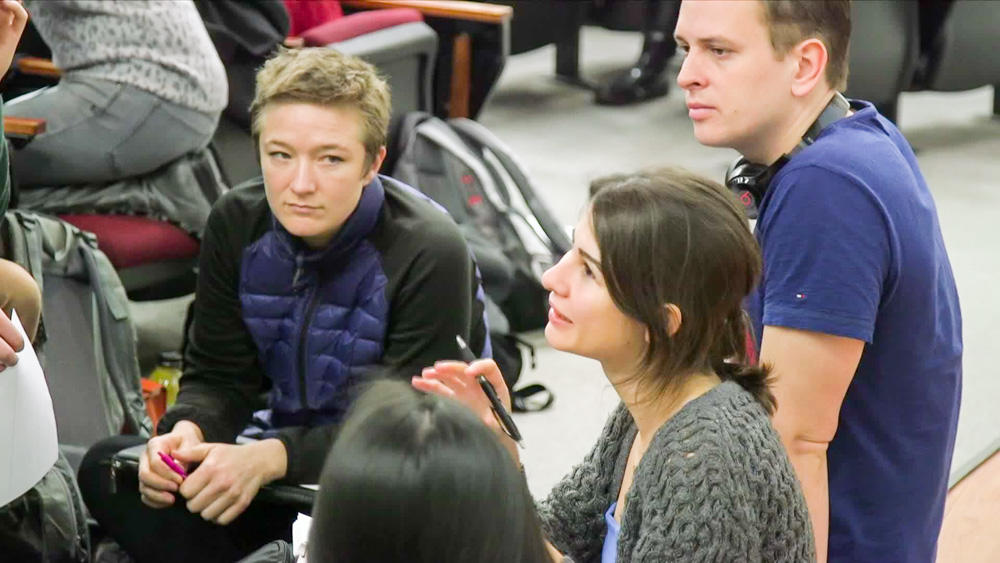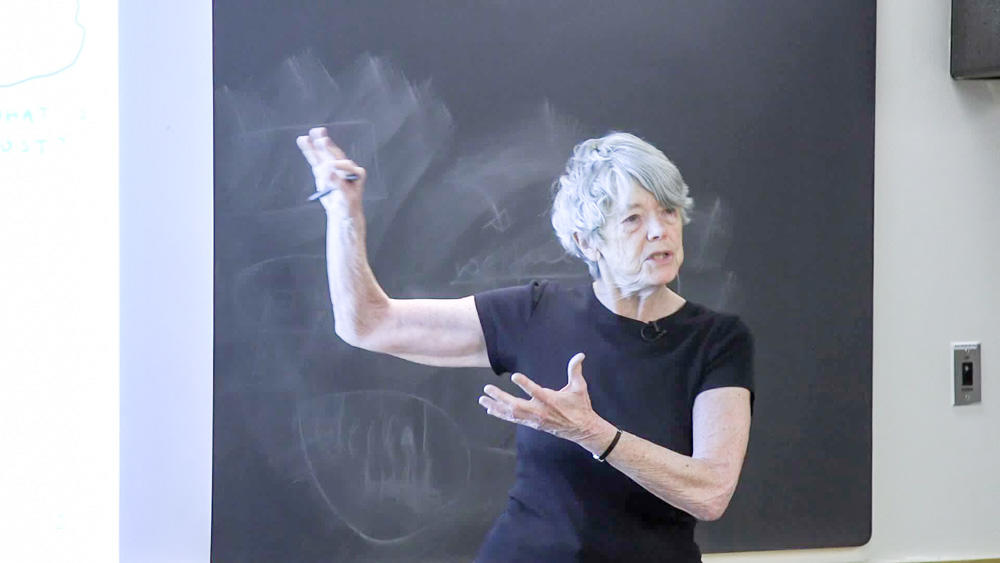Well-designed cases are intentionally complex. Therefore, presenting an entire case to students all at once has the potential to overwhelm student groups and lead them to overlook key details or analytic steps. Accordingly, Barbara Cockrill asks students to review key case concepts the night before, and then presents the case in digestible “chunks” during a CBCL session. Structuring the case discussion around key in-depth questions, Cockrill creates a thoughtful interplay between small group work and whole group discussion that makes for more systematic forays into the case at hand.
Structuring the Case Discussion
Instructor
Barbara Cockrill, Harold Amos Academy Associate Professor of Medicine
Student Group
Graduate
School
Harvard Medical School
Course
Homeostasis I
Group Size
40 students
Additional Details
First-year requisite
- CBCL provides students the opportunity to apply course material in new ways. For this reason, you might consider not sharing the case with students beforehand and having them experience it in class with fresh eyes.
- Chunk cases so students can focus on case specifics and gradually build-up to greater complexity and understanding.
- Introduce variety into case-based discussions. Integrate a mix of independent work, small group discussion, and whole group share outs to keep students engaged and provide multiple junctures for students to get feedback on their understanding.
- Instructor scaffolding is critical for effective case-based learning (Ramaekers et al., 2011)
- This resource from the Harvard Business School provides suggestions for questioning, listening, and responding during a case discussion.
- This comprehensive resource on “The ABCs of Case Teaching” provides helpful tips for planning and “running” your case.




